There are many industries involved in the production of waste salt in China. The types of waste salt produced include single salt, mixed salt and miscellaneous salt (containing impurities). According to the different production process and production links, the waste salt produced by different industries varies greatly. The main characteristics of in situ oxidation waste salt disposal technology are as follows.
Among them, pesticide production is the main industry to produce waste salt. It mainly comes from the production process of pesticide intermediates and active agents, so the annual output of pesticide waste salt is larger. Pesticide waste salt contains a large number of organic matter, mainly halogenated hydrocarbons and benzene series, the boiling point and thermal decomposition temperature of organic matter between 200-600℃.
The basic materials of printing and dyeing industry include naphthalene series, anthraquinone series, benzene series, aniline and benzidine compounds. These substances are easy to chelate with metals, salts and other substances in the process of processing and production, so that the dye wastewater contains a high concentration of salts and heavy metals, and there is a high COD problem, resulting in a high content of polycyclic organic compounds in the by-product waste salt, and may be accompanied by heavy metals.
In the water treatment process, the evaporation of high salt wastewater will indirectly produce waste salt. This kind of waste salt has undergone the oxidation and decomposition process of organic matter in the pretreatment process, so the residual organic matter is difficult to degrade. In addition, petrochemical, coal chemical, chlor-alkali, metallurgy and other industries will also produce waste salt, but the content of organic matter is relatively low, difficult to deal with.
The waste salt of coal chemical industry mainly comes from the salt introduced in the production of desalted water and circulating water, and its composition is mainly NaCl, Na2SO4 and other simple salts, without organic matter. However, according to the Environmental Access Conditions of Modern Coal Chemical Industry Construction Projects (Trial), such wastes are temporarily managed as hazardous wastes. In the chlor-alkali industry, saturated sodium chloride solution is electrolyzed to produce sodium hydroxide, chlorine gas and H2, from which a range of chemical products are produced. This kind of salt mud has a large yield, the main component is NaCI, basically contains no organic matter, and has a high recovery value.
It can be seen that the in situ oxidation waste salt disposal technology believes that according to different production industries, the nature of waste salt is different, and its treatment difficulty is different. Waste salt with low organic content is usually difficult to dispose of and easy to recycle industrial salt. The main factor restricting the treatment and utilization of waste salt is the removal of organic matter from the waste salt containing high concentration of organic matter.
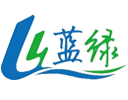
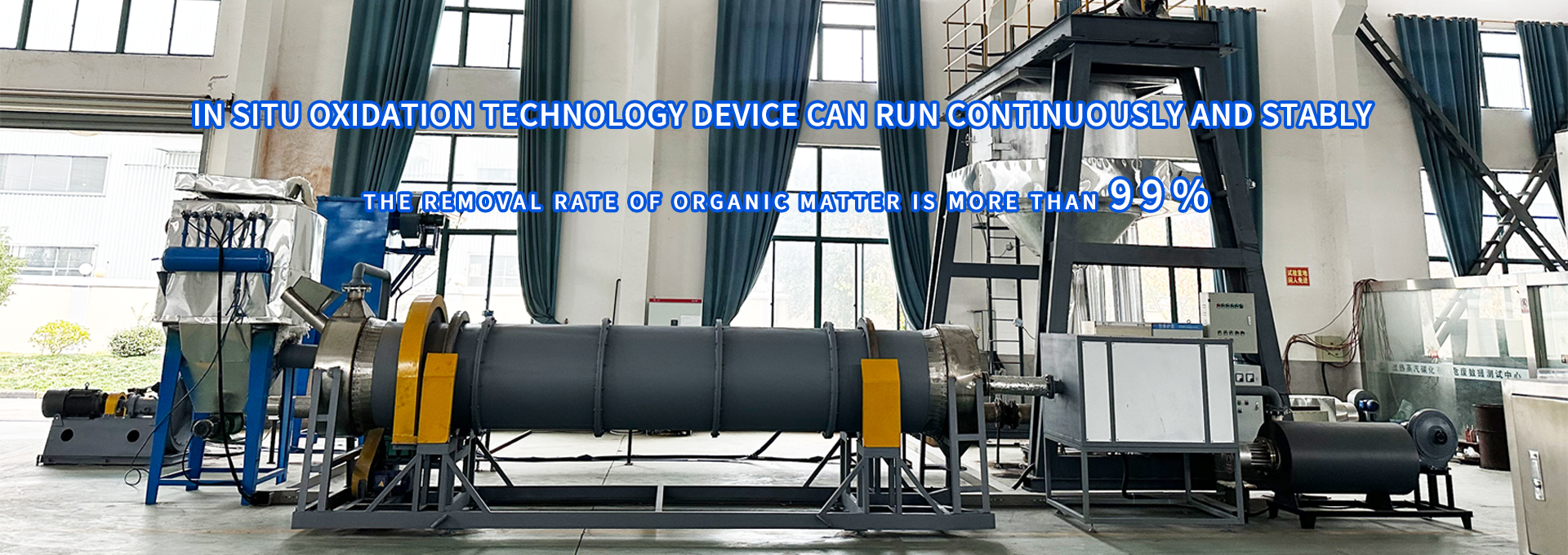
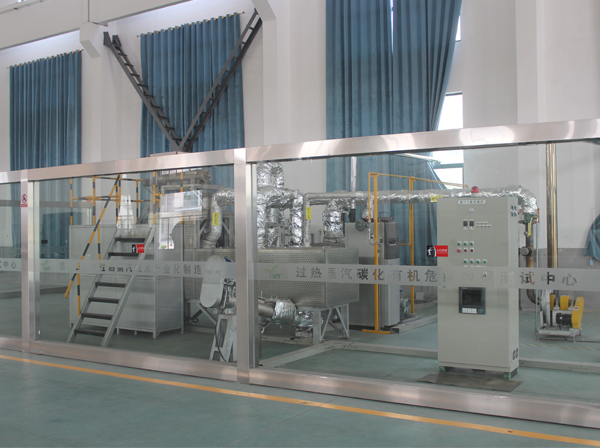
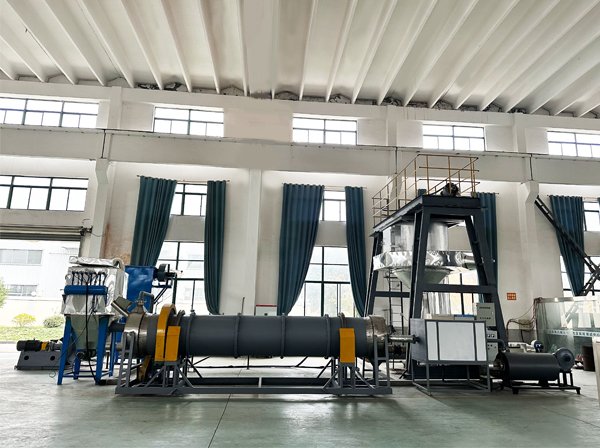

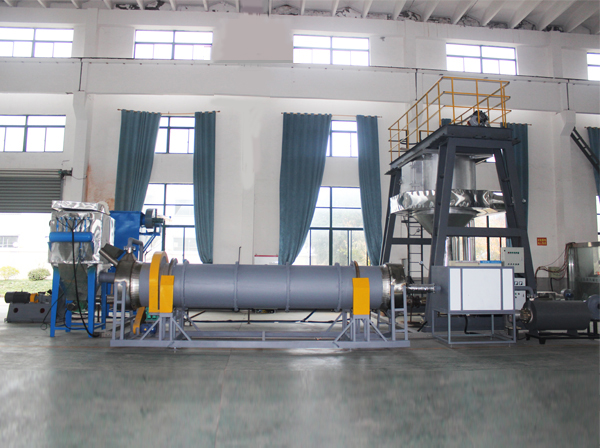


 Public account
Public account Mobile official website
Mobile official website